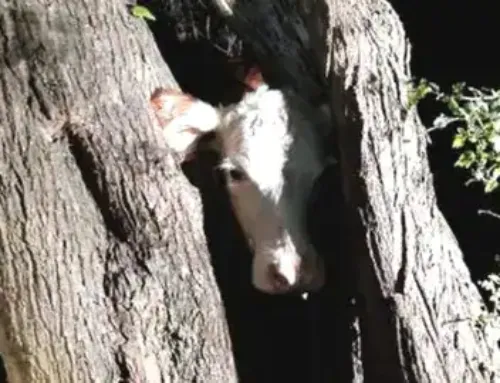On Monday August 21 a total solar eclipse will arc across the United States for the first time in 99 years, providing a rare sight for tens of millions of people from Oregon to South Carolina.
We humans are prepared for this event and looking forward to it. But what will the deer and other animals do when the moon blocks the sun and darkness descends and the temperature drops in the middle of just another day in their lives?
Truth is, nobody, even the scientists who live for a 100-year event like this, really knows.
While there is scant scientific info from eclipses in past years and decades, there are a lot of anecdotal stories—monkeys flipping out in the sudden darkness, birds flying around wildly, snakes going berserk…. Most of this is probably hyperbole and rumor.
But I did see where some hospitals are stocking up on anti-venom for Monday’s event, so maybe there is something to the snake thing. This makes me nervous, as I plan to view the eclipse while hiking in Shenandoah National Park, which has its share of timber rattlers. In fact I damn near stepped on a yellow-phase rattler thick as your forearm the other day; I saw it and ran like hell and never looked back.
But I digress. I found some info from MNN that says crepuscular animals—creatures that typically move the most during the low-light conditions of dawn and dusk, like deer—often mistake a solar eclipse in the middle of the day for an early twilight. Crickets and frogs may jump into a dusk chorus, and mosquitoes and midges may start their evening swarms. And in the midst of a total solar eclipse, it can be dark enough not only to quiet down diurnal animals, but also to lure out the night shift. There are many reports of nocturnal animals being active during totality, including bats and owls.
While I don’t expect deer to freak out, it will be interesting to see if there is a flurry of moment as the sky goes dark at 2:00 or 3:00 PM. I expect that the animals might move at least some, and I’ll monitoring it on a phone app that is linked to 6 Spartan wireless cameras that just happen to be situated within the eclipse arc from Oregon to Kansas to Virginia. Will be fun to watch and see what happens.
This Total Eclipse tracker is very cool, click here to see what it will look like in your zip code on Monday.






